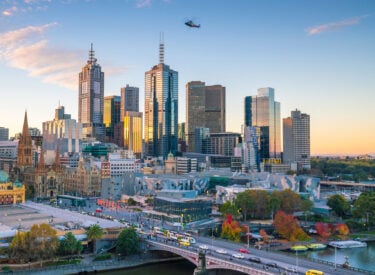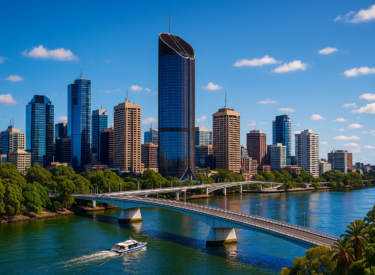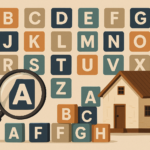Our recent research on Australia’s future demographic shape helps to pinpoint an imbalance between the type of housing that is being built and what our key buying groups want and can afford.
6 district buyer segments in our market
- Young renters
- First home buyers
- Upgraders
- Downsizers
- Retirees
- The aged care market
Our work suggests that the demand from young renters and upgraders is set to decline; while that from aged care will likely remain steady.

Note: The stand out groups – those set to be the main drivers of Australia’s housing demand over the next ten years – are first home buyers; those downsizing and retirees.
It may surprise some, but first home owners are generally aged 35 to 44 years.
A third are couples and almost 40 per cent have no children at home.
Generally, for this demographic, there are 3.3 people per household.
This group is projected to take up 20 per cent of our total new housing demand over the next decade.
What first home buyers are looking for in a property is the room to grow and the opportunity for property improvement.
And naturally, affordability is a big consideration.
Preferred housing options for first-home buyers vary, depending upon the location.
Some first-home buyers opt for inner city apartments; some look to townhouses/duplexes and small houses in middle suburbs; and some prefer larger detached and dual-income homes in outer suburbs.
The downsizer demographic refers to those aged 60 to 74 years
There are, on average, 2.1 people per household in this age bracket.
Almost all of this group (92 per cent) have no children living at home; while just on three-quarters are couples or live alone.
As the name would suggest, many in this group are looking to move into smaller digs – that does not mean a shoe box.
Their preference is to remain in the same neighbourhood, close to friends, family and established ties.
What they are looking for is low maintenance; convenience; like-minded residents; and small projects.
Some from this group are looking to experience inner city living – their preference is for spacious, well-priced, quality apartments.
This group also prefers compact housing like townhouses; villas and dual-income homes in both middle ring and outer ring suburbs.

Note: Understanding Australia’s real underlying housing need is more than just a matter of calculating population growth and the average number of people per household.
Demographics will determine our future
It’s our demographic profile – the change in our household formation – that will best determine future housing need.
But the right housing will need to be built; and importantly, at the right prices, in order to encourage key buyer groups to purchase.
At issue are the lack of diversity in Australia’s housing stock, and the ability of most to afford their housing preference.














